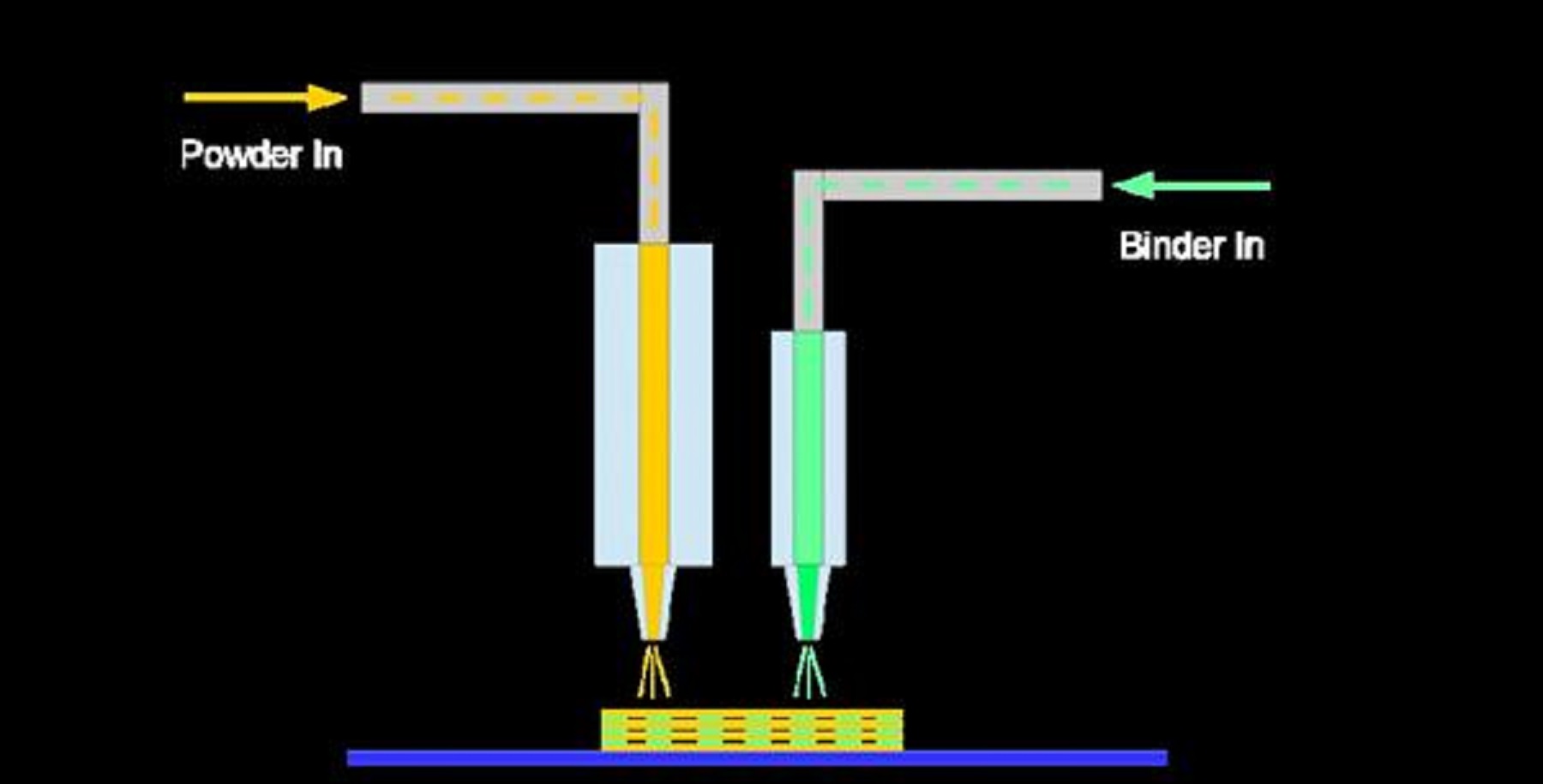HotEnd Works have unveiled a new patent pending method of 3D printing carbides called Pressurized Spray Technology (PSD), which will be integrated into their new HDfab 3D printer.
With the new technology, the company can make objects using advanced materials and ceramics such as alumina, zirconia, zluminum nitride, tungsten carbide, silicon carbide, boron carbid, and a variety of ceramic-metal matrices.
‘The idea is that the parent material being jetted, such as an advanced ceramic, has a high enough velocity to embed itself into the previously deposited layer, forming a stronger, more dense part.’ Benjamin Becker, MD, told 3Dprint.com.
Pressurized Spray Deposition (PSD) technology fills the void between production-quality advanced ceramic components and current solutions requiring a post-fabrication infiltration process.

Formation process PSD utilizes two materials during the formation process, the parent material (such as advanced ceramic powder) and the polymeric binding material. The polymeric binder also serves as a temporary support material during part formation to accommodate overhangs and other intricate features. Powder and binder materials are fed from external hoppers into the dispensing chambers, and are then deposited at the precise X and Y positions as dictated by the part being formed. After the first layer is complete, formation of the next layer in the Z direction initiates. During part formation a polymeric matrix is applied at precise points between each layer of powder material. In order to bond the powder material together and only at the intended area, a precision dispensing mechanism is used for the binding material in conjunction with computer-controlled paths. The company says that PSD can form parts of advanced materials, namely advanced ceramic, with very high density (97%+) and very high purity. Unlike other formation technologies which use a post-processing method where an infiltrant material is applied to fill the part's porous areas, PSD offers high purity as the green state density is often greater than 60%. This means that the parts formed are of high purity, and higher mechanical strength than what can be accomplished with post-processing techniques.
The company is currently seeking investment funding.
This story is reprinted from material from HotEnd Works, with editorial changes made by Materials Today. The views expressed in this article do not necessarily represent those of Elsevier.





